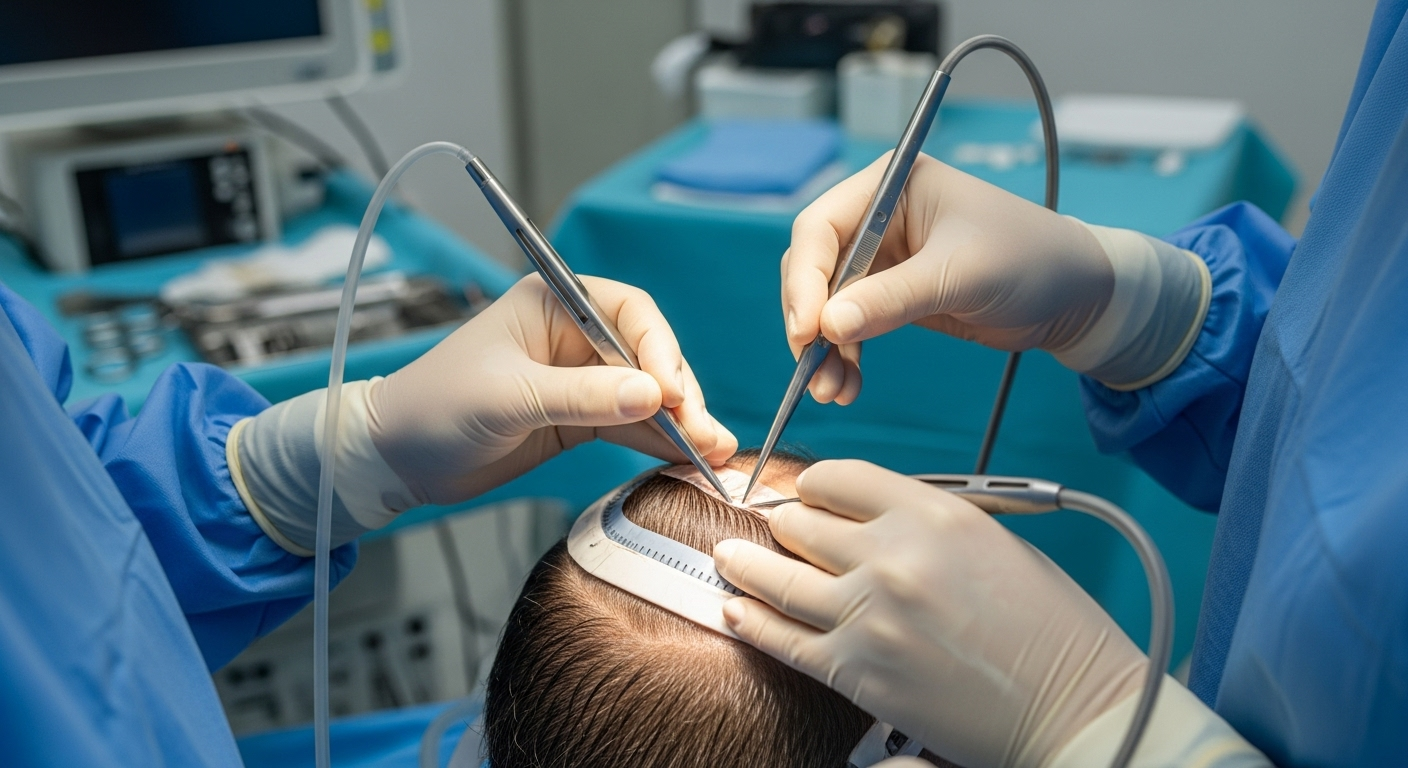Understanding Rhinoplasty: Reshaping Your Nose for Aesthetic and Functional Improvement
Rhinoplasty, commonly known as a "nose job," is a surgical procedure that alters the shape and structure of the nose. This complex operation can address both cosmetic concerns and functional issues, making it one of the most popular facial plastic surgeries worldwide. Whether you're considering rhinoplasty for aesthetic reasons or to improve your breathing, it's essential to understand the procedure, its benefits, and potential risks.

Who is a good candidate for rhinoplasty surgery?
Ideal candidates for rhinoplasty are individuals who have realistic expectations and are in good overall health. Patients should be at least 15-16 years old, ensuring their facial growth is complete. Good candidates may include those with:
-
Cosmetic concerns about their nose shape or size
-
Breathing difficulties due to structural issues
-
A deviated septum causing airflow problems
-
Injuries that have altered the nose’s appearance or function
-
Birth defects affecting nasal structure
It’s crucial to have a thorough consultation with a board-certified facial plastic surgeon to determine if rhinoplasty is right for you.
What are the different types of rhinoplasty procedures?
Rhinoplasty techniques vary based on the patient’s needs and the surgeon’s approach. Some common types include:
-
Open rhinoplasty: Involves an incision across the columella (the tissue between the nostrils), providing full visibility of the nasal structure.
-
Closed rhinoplasty: All incisions are made inside the nostrils, leaving no visible external scars.
-
Septoplasty: Focuses on correcting a deviated septum to improve breathing.
-
Revision rhinoplasty: Addresses issues from previous nose surgeries or further refines results.
-
Ethnic rhinoplasty: Tailors the procedure to maintain or enhance ethnic features while achieving desired changes.
How long does recovery from rhinoplasty take?
Recovery from rhinoplasty is a gradual process that varies from patient to patient. Generally, you can expect:
-
1-2 weeks of initial healing, with most visible swelling subsiding
-
Return to work or normal activities after 2-3 weeks
-
Gradual reduction of swelling over 6-12 months
-
Final results becoming apparent after 12-18 months
During recovery, patients typically wear a nasal splint for about a week and may experience bruising, swelling, and mild discomfort. Following your surgeon’s post-operative instructions is crucial for optimal healing and results.
What are the potential risks and complications of rhinoplasty?
Like any surgical procedure, rhinoplasty carries some risks. While complications are rare when performed by a qualified surgeon, potential issues may include:
-
Infection
-
Bleeding
-
Adverse reaction to anesthesia
-
Unsatisfactory aesthetic results
-
Breathing difficulties
-
Septal perforation
-
Skin discoloration
-
Persistent numbness or pain
Choosing a board-certified facial plastic surgeon with extensive experience in rhinoplasty can significantly reduce these risks.
How much does rhinoplasty surgery typically cost?
The cost of rhinoplasty can vary widely depending on factors such as the surgeon’s experience, geographic location, complexity of the procedure, and facility fees. Here’s a general overview of rhinoplasty costs from reputable providers:
| Provider Type | Average Cost Range | What’s Included |
|---|---|---|
| Board-Certified Plastic Surgeon | $5,000 - $15,000 | Surgeon’s fee, facility fee, anesthesia |
| Hospital-Based Clinic | $6,000 - $20,000 | All fees, potential insurance coverage for functional issues |
| Cosmetic Surgery Center | $4,000 - $12,000 | Package deal, may not include all fees |
Prices, rates, or cost estimates mentioned in this article are based on the latest available information but may change over time. Independent research is advised before making financial decisions.
It’s important to note that while cost is a factor, choosing a highly qualified surgeon should be the priority. Many practices offer financing options to help manage the expense of rhinoplasty.
Rhinoplasty is a transformative procedure that can significantly enhance both the appearance and function of your nose. By understanding the process, recovery, and potential outcomes, you can make an informed decision about whether this surgery is right for you. Always consult with a board-certified facial plastic surgeon to discuss your specific goals and determine the best approach for your unique case.
This article is for informational purposes only and should not be considered medical advice. Please consult a qualified healthcare professional for personalized guidance and treatment.






